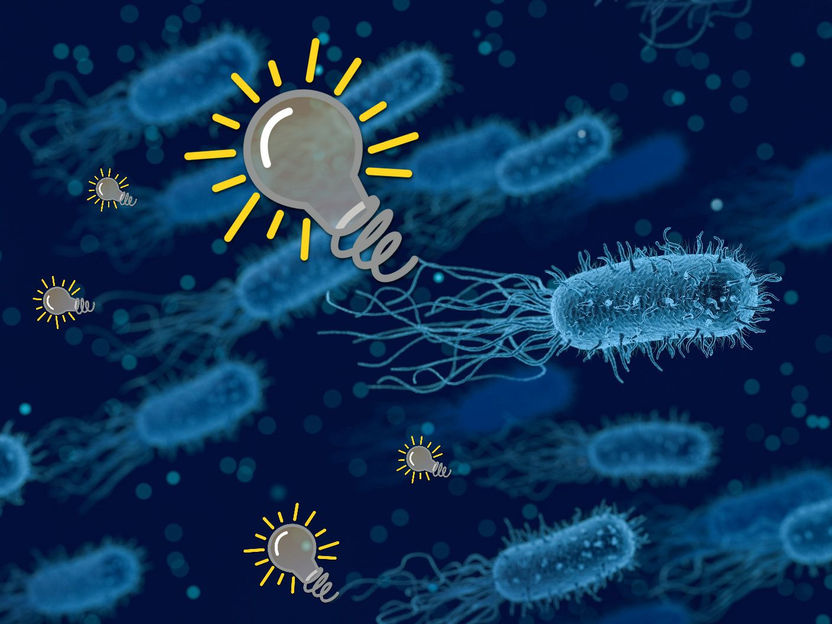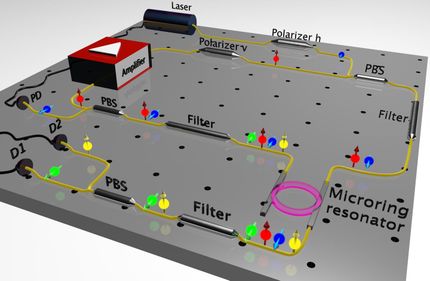Quantum 'spooky action at a distance' becoming practical
A team from Griffith's Centre for quantum Dynamics in Australia have demonstrated how to rigorously test if pairs of photons - particles of light - display Einstein's "spooky action at a distance", even under adverse conditions that mimic those outside the lab.
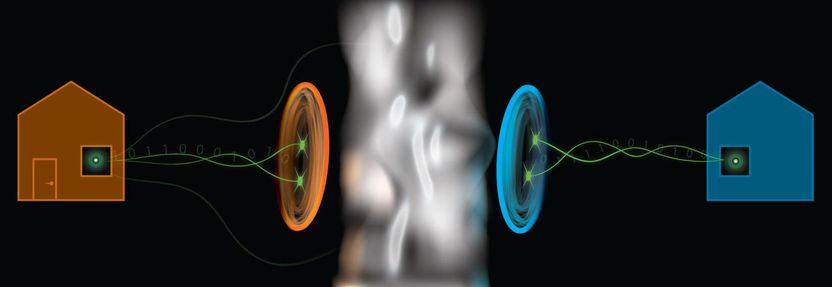
Scientists from Griffith University (Australia) have overcome a major challenge connected to Einstein's 'spooky action at a distance' effect.
Griffith University
They demonstrated that the effect, also known as quantum nonlocality, can still be verified even when many of the photons are lost by absorption or scattering as they travel from source to destination through an optical fiber channel.
Quantum nonlocality is important in the development of new global quantum information networks, which will have transmission security guaranteed by the laws of physics. These are the networks where powerful quantum computers can be linked.
Photons can be used to form a quantum link between two locations by making a pair of photons that are "entangled" - so that measuring one determines the properties of its twin - and then sending one along a communication channel.
Team leader Professor Geoff Pryde said a quantum link had to pass a demanding test that confirmed the presence of quantum nonlocality between particles at either end.
"Failing the test means an eavesdropper might be infiltrating the network," he said.
"As the length of quantum channel grows, less and less photons successfully pass through the link, because no material is perfectly transparent and absorption and scattering take their toll.
"This is a problem for existing quantum nonlocality verification techniques with photons. Every photon lost makes it easier for the eavesdropper to break the security by mimicking entanglement."
Developing a method to test entanglement in presence of loss has been an outstanding challenge for the scientific community for quite some time.
The team used a different approach - quantum teleportation - to overcome the problem of lost photons.
Dr Morgan Weston, first author of the study, said they selected the few photons that survived the high-loss channel and teleported those lucky photons into another clean and efficient, quantum channel.
"There, the chosen verification test, called quantum steering, could be done without any problem," she said.
"Our scheme records an additional signal that lets us know if the light particle has made it through the transmission channel. This means that the failed distribution events can be excluded up front, allowing the communication to be implemented securely even in the presence of very high loss."
This upgrade doesn't come easy - the teleportation step requires additional high-quality photon pairs on its own. These extra photon pairs have to be generated and detected with extremely high efficiency, in order to compensate for the effect of the lossy transmission line.
This was possible to achieve thanks to state of art photon source and detection technology, jointly co-developed with the US National Institute of Standards and Technology in Boulder, Colorado.
Although the experiment was performed in the laboratory, it tested channels with photon absorption equivalent to about 80 km of telecommunications optical fiber.
The team aims to integrate their method into quantum networks that are being developed by the Australian Research Council Centre of Excellence for Quantum Computation and Communication Technology, and test it in real-life conditions.
Original publication
Most read news
Original publication
Weston, Morgan M. and Slussarenko, Sergei and Chrzanowski, Helen M. and Wollmann, Sabine and Shalm, Lynden K. and Verma, Varun B. and Allman, Michael S. and Nam, Sae Woo and Pryde, Geoff J.; "Heralded quantum steering over a high-loss channel"; Science Advances; 2018
Topics
Organizations
Other news from the department science

Get the chemical industry in your inbox
By submitting this form you agree that LUMITOS AG will send you the newsletter(s) selected above by email. Your data will not be passed on to third parties. Your data will be stored and processed in accordance with our data protection regulations. LUMITOS may contact you by email for the purpose of advertising or market and opinion surveys. You can revoke your consent at any time without giving reasons to LUMITOS AG, Ernst-Augustin-Str. 2, 12489 Berlin, Germany or by e-mail at revoke@lumitos.com with effect for the future. In addition, each email contains a link to unsubscribe from the corresponding newsletter.
Most read news
More news from our other portals
Last viewed contents
AkzoNobel expands Performance Coatings research facility in Houston

Beilstein-Institut zur Förderung der Chemischen Wissenschaften - Frankfurt am Main, Germany
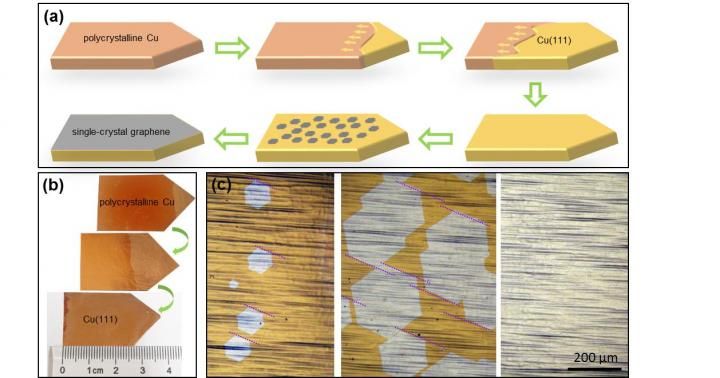
Large single-crystal graphene is possible! - The target of large, cheap and quick graphene synthesis achieved: 5 x 50 cm2 and beyond
More Economical and Sustainable Rechargeable Batteries - Ultralow-concentration electrolyte for lithium-ion batteries
The First Digital Humidity/Temperature Sensor!

WITec announces Paper Award 2022 winners - The prizes go to scientists from the US, Germany and China
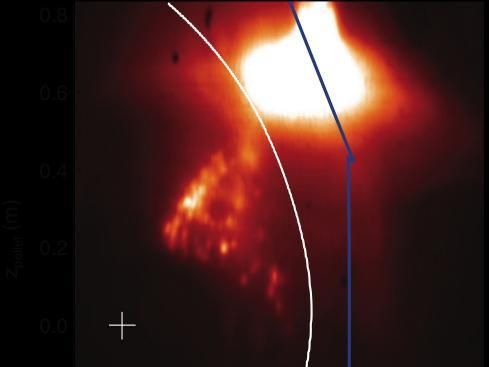
Mixing an icy cocktail to safely cool hot plasma - A promising solution to controlling hot plasmas in fusion devices
